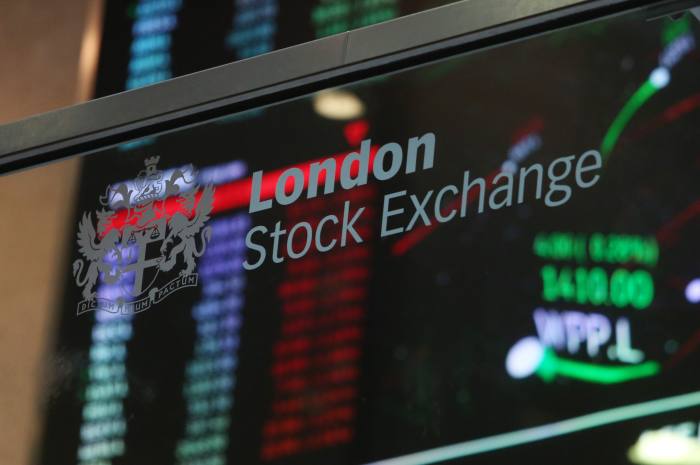
Equity fund managers love talking about individual stocks.
However, good portfolio construction is not only about picking winners – here we take a look at how factors such as position sizing are key to equity fund management.
It is great to identify several fantastic stocks trading at a discount to their estimated values, but it is much harder to bring all those ideas together to create a balanced portfolio.
Fund managers must take into consideration market caps and industry allocations, as well as factor risks and position sizing.
Timing is also a skill to assess – FE fund analysts try to judge that by comparing the actual fund performance to an identical portfolio built with a three-month lag or three-month advance.
We also look at the manager’s ability to size positions correctly.
By comparing a fund’s performance to a portfolio of the same holdings, but with an equally-weighted portfolio construction, we find fund managers tend to identify great opportunities, but their allocation decisions are not so good.
FE has recently added the MSCI range of equally-weighted equity indices to its analytics database, providing investors with the ability to compare these indices to conventional market capitalisation-weighted indices such as the MSCI World or the FTSE All Share index.
Market capitalisation-weighted indices use a company’s market price and the number of outstanding shares to determine the percentage weighting in the index.
Equal-weighting on the other hand distributes the same investment amount into each company stock, regardless of their capital size.
A market-cap weight index tends to naturally overweight those stocks that have gone up in price and underweight those that have been beaten down. This makes market-capitalisation-weighted indices susceptible to bubbles.
Equally-weighted indices largely avoid this sort of ‘bubble risk’ by regularly rebalancing back to their equal-weighted ‘equilibrium’.
Proponents of equal-weighting also often cite the method’s ability to reduce constituents’ concentration risk relative to market-capitalisation weighting.
The top holdings in a market-cap index tend to account for a large percentage of the index’s value.
However, equal-weighting also provides more exposure to small-cap and mid-cap companies that have a higher growth potential, but also a higher risk of default.
Another disadvantage of equally weighting the constituents of an index is the expense incurred because of the periodic rebalancing needed to adjust for interim stock price fluctuations.
The trick is to limit turnover related expenses while taking advantage of the short-term price momentum of recent winners.
This momentum effect also explains why an equal-weighting index tends to be more contrarian, with a value tilt.
Performance of two equity indices as well as key ratios are presented in the chart below.
Many equally-weighted indices have underperformed their market-capitalisation weighted peers over the past 10 years.
This tells us a lot about the structure of global equity markets since the financial crisis.






